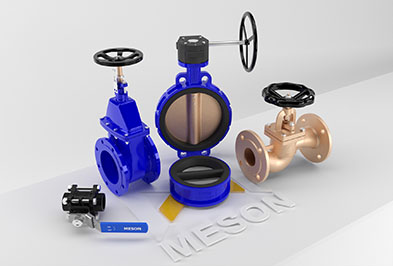-
Call Us
+91 8983836955 For Our Global Presence click here - Gut No - 324, MIDC Phase - II,
Chakan Industrial Area,
Village Bhamboli, Tal - Khed, Dist - Pune,
Maharashtra, INDIA - 410501

- October 19, 2023
- check valves in ships Ships valves valves
The Crucial Role of Check Valves in Ships
When it comes to the seamless operation of ships, there are numerous intricate components and systems that work harmoniously beneath the surface to ensure a safe and efficient voyage. Among these, the check valve plays a vital role, often overlooked but crucial in maintaining the vessel’s integrity and functionality. In this comprehensive guide, we will dive into the depths of check valves in ships, exploring their significance, types, applications, and maintenance.

Understanding Check Valves
A check valve, also known as a non-return valve or one-way valve, is a mechanical device that permits the flow of fluid in one direction while preventing it from reversing. It operates automatically, relying on the flow and pressure of the fluid itself to open or close. Check valves are employed in a wide range of industries, and ships are no exception.
The Significance of Check Valves in Ships
1. Preventing Backflow
In the maritime world, preventing backflow is of utmost importance. Imagine the chaos if water from the sea were to flow back into the ship’s system. Check valves act as the gatekeepers, ensuring that fluid moves in the right direction, protecting the ship’s machinery from damage.
2. Engine Cooling Systems
Ships rely on powerful engines to navigate through vast bodies of water. Check valves play a pivotal role in engine cooling systems, allowing a continuous flow of coolant while preventing any backflow that could lead to overheating.
3. Bilge Pump Systems
During a voyage, a ship encounters various sources of water, including rain, waves, and leakage. Check valves are used in bilge pump systems to discharge excess water overboard while preventing seawater from re-entering the ship.
Types of Check Valves for Ships
1. Swing Check Valves
Swing check valves are among the most common types used on ships. They feature a hinged disc that swings open when the fluid flows in the right direction and closes to block any reverse flow.
2. Lift Check Valves
Lift check valves utilize a piston or a ball to control the flow of fluid. They are known for their reliable and tight sealing capabilities, making them suitable for high-pressure systems.
3. Diaphragm Check Valves
Diaphragm check valves are ideal for applications where backflow prevention is critical. They feature a flexible diaphragm that flexes to allow forward flow and seals to block reverse flow.
Applications in Ship Systems
1. Freshwater Supply
Check valves to ensure that freshwater supply to the ship’s living quarters and kitchens flows smoothly, preventing any contamination from seawater.
2. Fuel Systems
In ships, fuel systems are complex and involve various types of fuel, from diesel to heavy oils. Check valves are used to keep the fuel flowing in the right direction and to prevent spillage or contamination.
3. Hydraulic Systems
Hydraulic systems are essential for controlling various ship functions, from cargo handling to steering. Check valves help maintain the integrity of these systems, ensuring efficient operation.
Maintenance and Reliability
Maintaining check valves is critical for the safety and efficiency of ship operations. Regular inspections, cleaning, and replacement of worn-out components are necessary. Neglecting check valve maintenance can result in costly downtime and, in worst cases, accidents.
Conclusion
In the complex world of maritime engineering, the humble check valve stands as a silent sentinel, guarding against the perils of backflow and ensuring the seamless operation of ships. From preventing engine overheating to safeguarding freshwater supply, these unassuming devices are the unsung heroes of the sea. So, the next time you marvel at the grandeur of a ship on the horizon, remember that beneath the surface, check valves are working tirelessly to keep everything afloat, quite literally.
